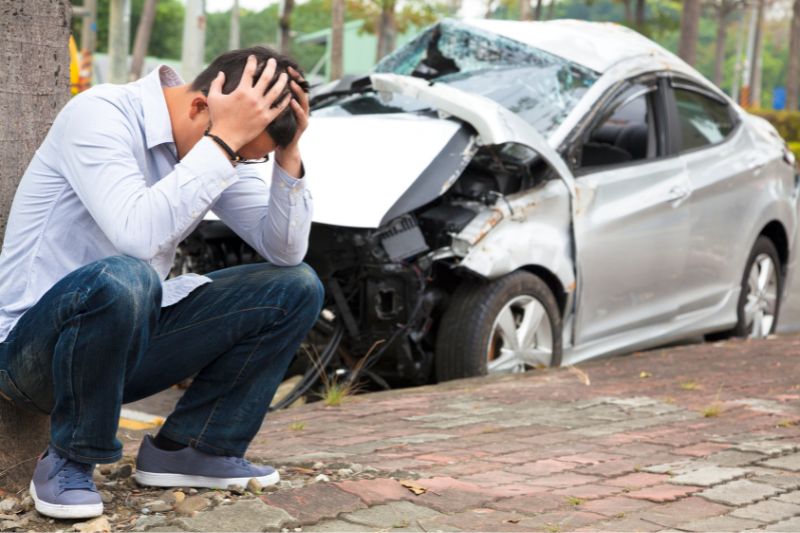No products in the cart.
Types of Car Accidents

Collisions between motor vehicles caused more deaths than between fixed objects, pedestrians, and non-collisions. The type of car accident you are involved in will significantly affect the severity of your injuries and impact the value of your claim.
Rear-end collisions are the most common type of car crash. This crash can cause severe neck and back injuries such as whiplash.
Head-On Collisions
Head-on collisions can be more severe than car accidents because they involve higher combined speeds and more complex impacts. Head-on crashes can be caused by drivers who move into oncoming traffic, turn the wrong way on the road, or use a passing lane to pass another driver without looking. Intoxicated driving, drug usage, or distractions like texting, chatting on the phone, or eating while driving might also be to blame. Other causes of head-on crashes include failing to read or follow roadway signs and adverse weather conditions that limit visibility.
Due to the tremendous speed at which both vehicles collide in a head-on collision, drivers and passengers could sustain serious injuries. Head injuries, especially traumatic brain injuries (TBIs), are common in head-on collisions because the sudden deceleration of both vehicles can jostle and crush internal structures in your body.
Rear-End Collisions
Rear-end collisions are one of the most common car accidents. One occurs every eight seconds in the United States. The main factor for rear-end collisions is distracted driving. Driver distractions include eating, talking on the phone, rubbernecking at accidents, or engaging in aggressive driving behaviors such as tailgating and speeding.
Severe injuries from rear-end collisions can include traumatic brain injury (TBI), spinal cord injury, and head trauma. These accidents also frequently cause broken bones and whiplash. These wounds frequently necessitate expensive medical care, which could prevent you from working, costing you money. Even though insurance companies often downplay these accidents, they can be very severe, and you deserve compensation for your losses. You can obtain evidence to support your claim, such as eyewitness testimony, crash photos, and traffic camera footage. It would be best to speak with a skilled car accident attorney immediately.
Side-Impact Collisions
Often called T-bone crashes, these accidents can be deadly and happen when one vehicle strikes another car from the front or back. These collisions occur most commonly in intersections. They are second only to head-on collisions as the cause of death for drivers and passengers.
These mishaps happen when motorists disregard traffic signs and regulations. For example, a driver may run through a red light or fail to yield the right of way at a four-way stop sign. Drivers can also be distracted or under the influence and make risky decisions.
The lack of protection offered by vehicles’ front and rear bumpers means that injuries in a side-impact collision are typically more severe. The occupants of the impacted vehicle can sustain whiplash, spinal cord injury, and other severe damages. Skid marks, points of damage on the impacted vehicle, and accident witness testimony can help determine fault in these types of crashes.
T-Bone Collisions
One of the most dangerous kinds of car accidents is a T-bone collision. A driver broadsided by another vehicle often sustains severe injuries and losses in these crashes.
These types of accidents occur primarily at intersections. Frequently, they are caused by drivers who disregard traffic controls, such as red lights and stop signs. They may turn right on a red light or proceed through a four-way stop sign while vehicles are approaching from the opposite direction.
In these cases, figuring out who was at fault is difficult. Since the drivers involved both claims to have had the right of way, the matter usually comes down to a she said/he said battle that can lead to disputed claims.
T-bone accident victims often suffer serious spine injuries. These injuries can leave them with painful symptoms for a long time. In the worst situations, they can drastically alter a person’s quality of life and interfere with their ability to move around.















Leave a Reply